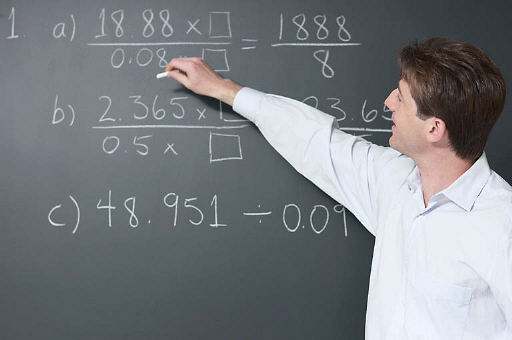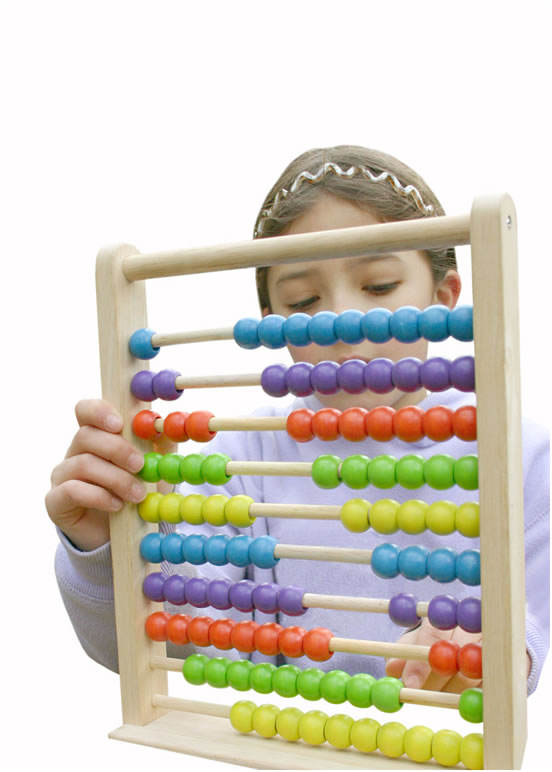Mathematics
Knowing math is fundamental to function in this society. Everything from buying and shopping groceries to houses, keeping records, calculating budgets, and predicting the economic future of a family depends on mathematic calculations. For this and more reasons, math programs in schools are designed to help students to achieve the levels of proficiency that will eventually allow them to succed academically in school and in this society.
The fifth grade math program is loaded with new math concepts. It starts by expanding the basic concepts introduced in fourth grade. However, in the early chapters it introduces some new topics such as number sense, fractions, probabilities, geometry, and units of measurement.
Fifth grade math is a challenging program. It includes two main components: one that involves memorization of facts and terminology, and another that involves thinking skills using these mathematical facts and concepts. The combination of these two components will help students to become proficient.
The fifth grade math program requires commitment and discipline. As a fundamental goal, this program demands students to master the four basic operations: addition, subtraction, multiplication, and division. Secondly, the program demands from students to have a command of mathematical concepts of money, time, and the standard and metric systems, fractions, probability, and graphs.
Through the use of the students' real experiences and context, teachers will help students to use the math concepts in word problems. For this purpose, the math program includes in each unit a series of word problems that requires a systematic approach to solve them. It is clear that for a student to succeed in math, it is necessary to grasp the concepts and practice the corresponding skills.
How We Learn
In order to learn math concepts and develop thinking skills the human mind goes through three stages: objective, graphic, and abstract.
The objective part is anchored in reality. It uses manipulatives, photographs, pictures, models, or anything that may create a real concrete and real sensation in the student's mind. For this reason, a student experienced in counting, weighing, measuring, sorting things out, making patterns, and calculating time, would be more susceptible to learn such math concepts than an inexperienced one. Real life experiences help significantly the learning process in math, and in all other subjects as well for that matter.
The graphic stage consists on relating this objective knowledge with symbols. It is the association of the real object with its representation. Here, students perform activities where they count, sort thing out, order, etc. and take notes of what they do and see. There is a correspondence between what they do and what they write.
The abstract level of math is acquired when a person can use the knowledge applying it to practical and real situations. To be proficient at this level, students have to practice consistently and review their knowledge and skill. Usually, solving a word problem shows that a person is capable of using the concepts and his skills efficiently.
At the beginning and during the process of learning any mathematical concept, there is a period of exploration. Students are asked to look, analyze, and try to solve problems on their own, with a partner, or with teammates. During the exploratory process, the natural curiosity motivate students to come up with their own questions, alternatives to solve the problems, and elicit a motivation to learn in a non-threatening environment.
During the process, teachers introduce concepts, procedures, and suggest ways to proceed. Once students acquire the necessary information, they learn, practice, and converse about what they learn.

